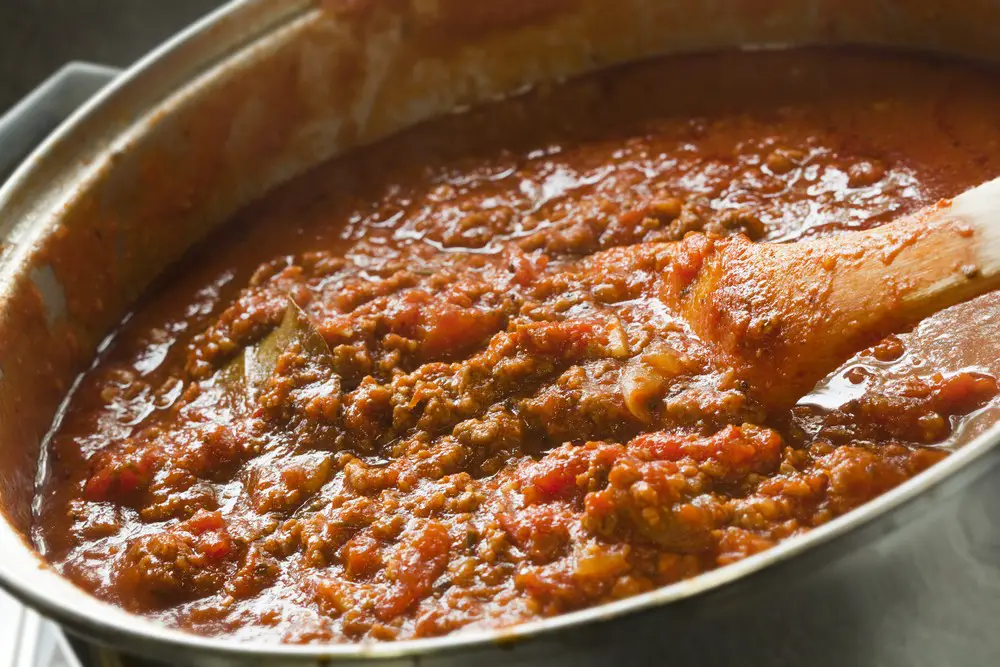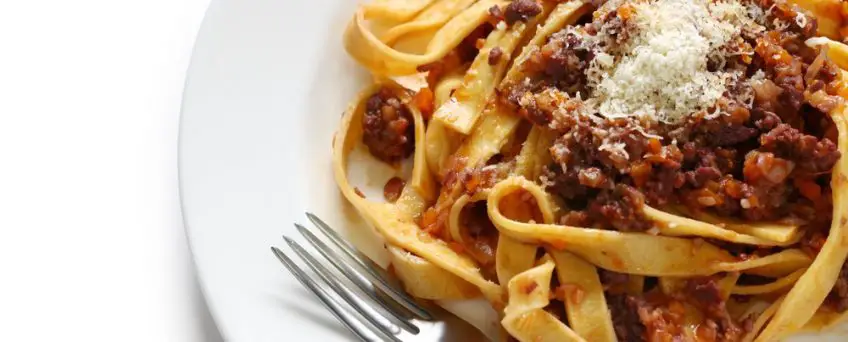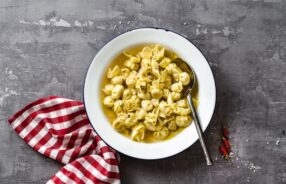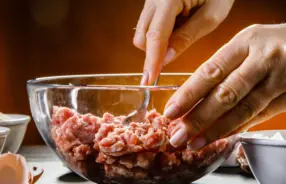The Origin and History of the Bolognese Ragù Sauce
The Bolognese Ragù is a very famous seasoning typical of Emilia Romagna, one of the most popular recipes abroad, based on meat, which accompanies pasta or polenta dishes, interpreted in various ways.
Its origins are difficult to establish. There are those who go back to the times of the ancient Romans, who prepare a kind of stew.
In France, the chef of Luigi XIV, from Bologna, had the idea of grinding this stew and using it to season pasta.
The origin of the name “Ragù” is French, from the term ragoût, which at once meant all those preparations in which the meat (but also occasionally fish or vegetables) was reduced into small pieces then cooked in stew over low heat for a long time. It is not clear when the term began to be used in Italy, but the “ragù” was already present in the tables of the aristocrats of the Renaissance, initially as a complete dish (as it is still in French cuisine) and only later used to season pasta.
Then there is also a chef from Imola, Aberto Alvisi, who in the Eighteenth Century was at the service of bishops and cardinals; it is said to have been the first to cook a ragù similar to the one we know today and to serve it with a plate of dry pasta, “maccheroni”.
Since the beginning of the Nineteenth Century, ragù has appeared in some Emilian cookbooks. On 17 October 1982, the Bolognese Ragù recipe was deposited by the Bologna Delegation of the Italian Academy of Cuisine at the Chamber of Commerce of Bologna, to protect it from many other ragù versions.
Infact, before arriving at the late coding, there are over 200 years of ragù history and each family has, in the meantime, devised its recipe!
For example, in the peasant Emilia of the last century, the ragù was prepared using the meat of the old cows and consequently 5-6 hours of cooking were necessary to cook it and they also used milk or cream, to break the fibers of the meat and give a “sweet” touch”. With the meat we have today, fewer hours of cooking are enough and milk or cream are no longer needed. The fats used for the sauce have changed over time: originally the pancetta, more recently the butter and sometimes the oil.
There are no aromas in the sauce: no bay leaves, parsley, rosemary, garlic or chilli. Not even nutmeg is included in the codified version, although many Emilian families use it.

Now, you have to discover the authentic recipe of Bolognese Ragù Sauce: click here!







